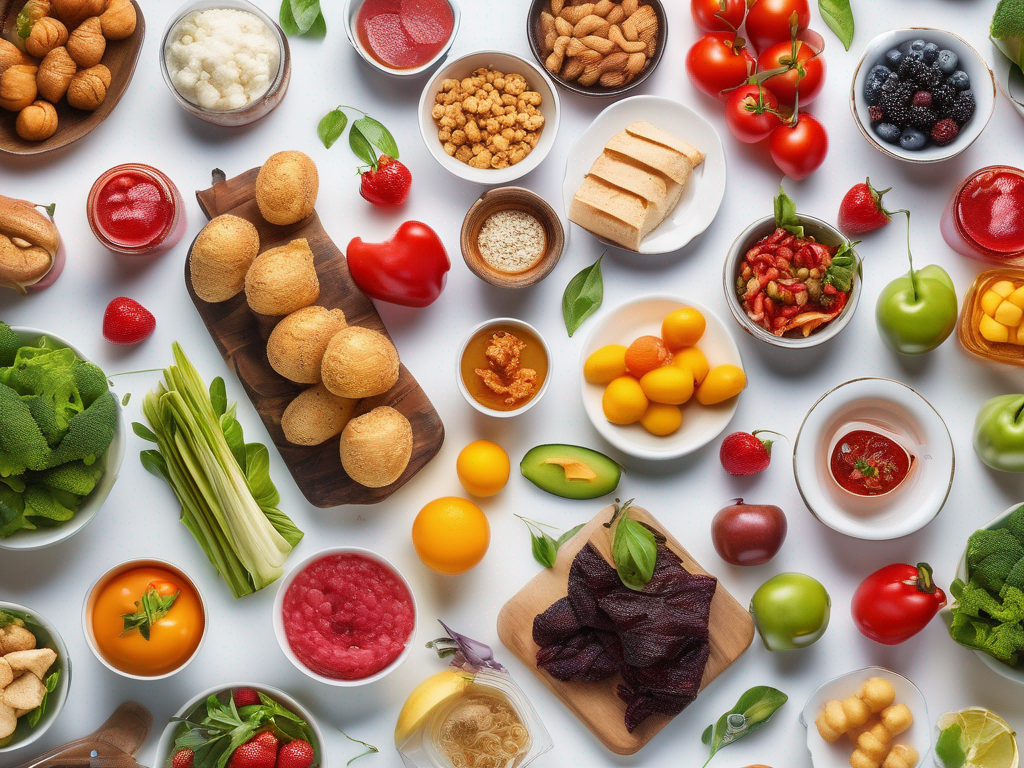
The Truth About Expiration Dates on Juice
Get Your Free Food Safety Cheat Sheet
30 most common foods with instant answers. Print it and stick it on your fridge—completely free!
The Truth About Expiration Dates on Juice
In the world of food safety, understanding expiration dates is crucial to ensure that the products we consume are safe and of good quality. When it comes to juice, expiration dates play a significant role in determining its freshness and safety for consumption. In this comprehensive guide, we will delve into the topic of expiration dates on juice, exploring what they mean, how to interpret them, and practical tips for storing juice to maximize its shelf life.
What Do Expiration Dates on Juice Mean?
Types of Expiration Dates
- "Sell-By" Date: This date is primarily for retailers and indicates the last day the product should be sold.
- "Best if Used By" Date: This date suggests when the product will be at its peak quality but is not a safety date.
- "Use-By" Date: This date is the last recommended date for the use of the product while at peak quality.
Understanding Expiration Dates
- Expiration dates on juice indicate the last date the manufacturer guarantees the product's quality and safety.
- It's important to differentiate between expiration dates and sell-by dates to ensure you consume the juice at its best quality.
Factors Affecting Juice Shelf Life
Storage Conditions
- Temperature: Store juice in the refrigerator to maintain its freshness and slow down spoilage.
- Light Exposure: Keep juice away from direct sunlight to prevent oxidation and flavor changes.
- Air Exposure: Seal juice containers tightly to minimize exposure to air and preserve flavor.
Packaging
- Juice in glass bottles may have a longer shelf life compared to those in plastic containers.
- Tetra Pak cartons provide better protection against light and oxygen, extending the juice's shelf life.
Fruit Content
- Freshly squeezed juices have a shorter shelf life due to the absence of preservatives.
- Juices with high sugar content may last longer due to their preserving properties.
Tips for Storing Juice
Refrigeration
- Refrigerate juice promptly after opening to maintain freshness.
- Keep juice containers tightly sealed to prevent contamination and maintain flavor.
Freezing
- You can extend the shelf life of juice by freezing it in airtight containers.
- Thaw frozen juice in the refrigerator for best results.
Checking for Spoilage
- Color: Discard juice if it has changed color or appears cloudy.
- Smell: Spoiled juice may have a fermented or off-putting odor.
- Taste: If the juice tastes sour or off, it's best to discard it.
Safety Precautions for Consuming Juice
Food Safety Guidelines
- Always wash your hands before handling juice to prevent contamination.
- Use clean utensils and containers when pouring or serving juice.
Cross-Contamination
- Avoid mixing juice with raw meat juices or other potentially contaminated liquids.
- Clean countertops and surfaces thoroughly after handling raw produce or meat.
Conclusion
Understanding expiration dates on juice is essential for maintaining food safety and quality. By following proper storage practices, checking for spoilage signs, and adhering to safety precautions, you can enjoy your favorite juices safely and deliciously. Remember, when in doubt, it's always best to err on the side of caution and discard any juice that shows signs of spoilage. Stay informed, stay safe, and savor the goodness of fresh juice!
Authoritative Food Safety References
These agencies and university labs inform every tip and health precaution we publish.
USDA FoodKeeper – Cold Storage Guidelines
Official refrigerator, freezer, and pantry timelines maintained by the U.S. Department of Agriculture.
Visit USDA FoodKeeperFDA Produce Safety Rule & Grower Guidance
Field-to-fridge handling practices that prevent contamination of fruits, vegetables, and leafy greens.
Visit FDA Produce SafetyCDC Foodborne Illness Prevention Hub
Surveillance-backed guidance on pathogens, symptoms, and steps to reduce foodborne illness risk.
Visit CDC Food SafetyUC Davis Postharvest Technology Center
University research detailing optimal storage atmospheres for produce after harvest.
Visit UC Davis PostharvestPenn State Extension – Home Food Preservation & Safety
Peer-reviewed extension bulletins on safe canning, chilling, and reheating practices.
Visit Penn State ExtensionGet Your Free Food Safety Cheat Sheet
30 most common foods with instant answers. Print it and stick it on your fridge—completely free! Want more? Upgrade to the complete guide with 70+ foods.
Scan your food directly and get instant safety info using our AI-powered camera feature.